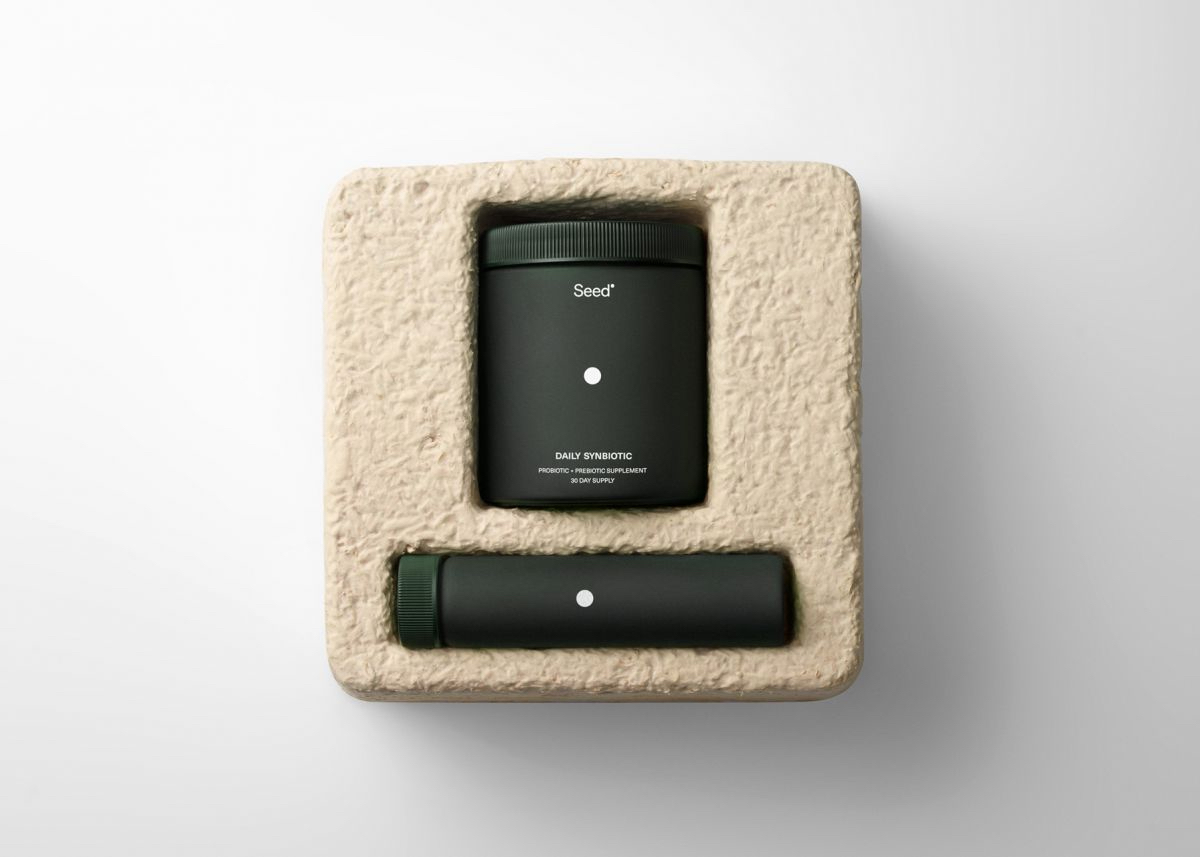
The Craftory’s Ernesto Schmitt On What It Takes To Be A Great Beauty Brand In 2023
Ernesto Schmitt, co-founder of The Craftory, a $600 million impact investment company, believes the beauty industry is at a true tipping point pushing it toward substance over style. “I personally have looked at 3,000 beauty brands in the last five years. Where have they all gone? Where is the new Clinique? Where is the big brand?” he asks. “Everyone thought Glossier and Huda were big ones, but I think it’s time to patiently invest in a brand to find the Max Factor of the gen Z generation that stays around for 25 years rather than 2.5 years.”
The Craftory’s structure is designed for patience. Schmitt explains it offers permanent capital to challenger consumer packaged goods brands with missions to offer products superior to what incumbents offer for people and the planet. It focuses investments on women’s health, food and beverage, household, pet, plant and flower, baby, and beauty and personal care brands with $20 million-plus annual run rates. The Craftory’s portfolio contains Seed, Notco, Dropps, Dyper, Who Gives A Crap, TomboyX, Ruby Love, Freddie’s Flowers, Edgard & Cooper, Allplants, Hippeas and Present Life.
Beauty Independent talked to Schmitt about performance marketing pitfalls, problems with large conglomerates’ venture capital arms, effects of the ubiquity of ESG claims, why he’s sold on e-commerce, but not online subscriptions, and what it takes to be a great beauty brand in 2023.
Why do you think traditional VC isn’t a good fit for CPG brands?
I’m an entrepreneur through and through. I’ve created 15 ventures since I was 27, sold two-thirds of them. I continue to chair many of them. It was being on the CEO and founder side that I realized conventional corporate capital had big limitations, most importantly the square root of zero value added at the board level. I had people on my boards who weren’t able to help me at all. I just thought there might be a better way. I half-jokingly say The Craftory is counter-corporate and anti-VC.
We are not anti-capitalist or anarchist, but we think there’s a better way of bringing capital and ventures together. We are subject matter experts in supply chain, branding, e-commerce, marketing, product development, innovation, you name it, all the main capabilities you need to scale a CPG brand. We are a gang of friends that help brands. My co-founder [Elio Leoni Sceti] and I have been collaborating for the last 15 years. He helped grow RB to the fourth largest CPG company. He’s the CPG guy, and I’m the true venture guy.
The moment you sell 5% of your company to a VC, you are on a ticking clock to sell your whole business. For the money they got, they will say, in seven years, I will return back what you gave and more, whether the timing is right or not. There are so many brands that raised in 2018 that then have to sell seven years later, even if it’s not the right time for them. We are a company, not a fund, and don’t have a fund horizon. We don’t have to return capital to our shareholders. We don’t have fixed exit multiples. Brands that are part of The Craftory can stay with us as long as they want.
VC is mainly financial engineers. We are not financial engineers. We are operators with the hard skills that you need to scale a venture at $10 million, $20 million in revenue to $100 million in revenue. You can pivot and iterate until you get it right at the beginning, and the revenues or earnings don’t have to be high quality, but the demand to be at scale in multiple revenues and markets, that’s what professionalizing is for, and that’s a big transition.
It’s a transition psychologically for founders and structurally for the business. It’s about making wise choices on the basis of capability. We only have a few investments. We take at least a 20% stake in them, and we roll up our sleeves to get them from the low tens of millions to hundreds of millions and ultimately to an exit. That’s in contrast to normal VC funds with a portfolio model that invests in many ventures that will sink or swim.
How is your approach different this year?
Several things have changed. One is general, and the other is in beauty in particular. In general, there was a mistake during the heady days of 2018, 2019, 2020, 2021 of believing in buying scale where eventually network effects will appear, and you will be in an insurmountable position and have profitability. None of the brands we spoke to focused on gross margin, it was about topline revenue. Now, there is a flight to stronger P&L.
The big shift that happened in 2022 and will continue in 2023 is the focus on gross margin. It’s the oxygen that fans the flames of your growth. If you don’t have the right gross margin, you can’t paper it over with venture capital money and marketing.
Specific to beauty, there was this big trend in beauty with smaller brands and brands that were often influencer-led. Many of them often scaled to $10 million, $20 million, $30 million, $50 million and attracted massive evaluations with the assumption they will become unicorns, but many hit a natural barrier at about $50 million. All the effective performance marketing in the world—it doesn’t matter if it’s Facebook ads or influencer marketing—doesn’t build a brand. It converts latent demand that’s there already, and you run out of gas.
A lot of brands are scared of investing in brand marketing versus performance marketing. It’s patient and long term. The absence of in investing in brand marketing means brands run out of steam and fail. It turns out these influencer brands are short-lived. They just fizzle out in popular culture amongst gen Z in particular. The influencer and celebrity culture amongst gen Z is extremely promiscuous.
With Morphe, another darling with a unicorn valuation has gone bust. How can you go bust in a category with 70% gross margins? Actually, it was all built on sand. There’s a real question mark about what a great beauty brand looks like in 2023.
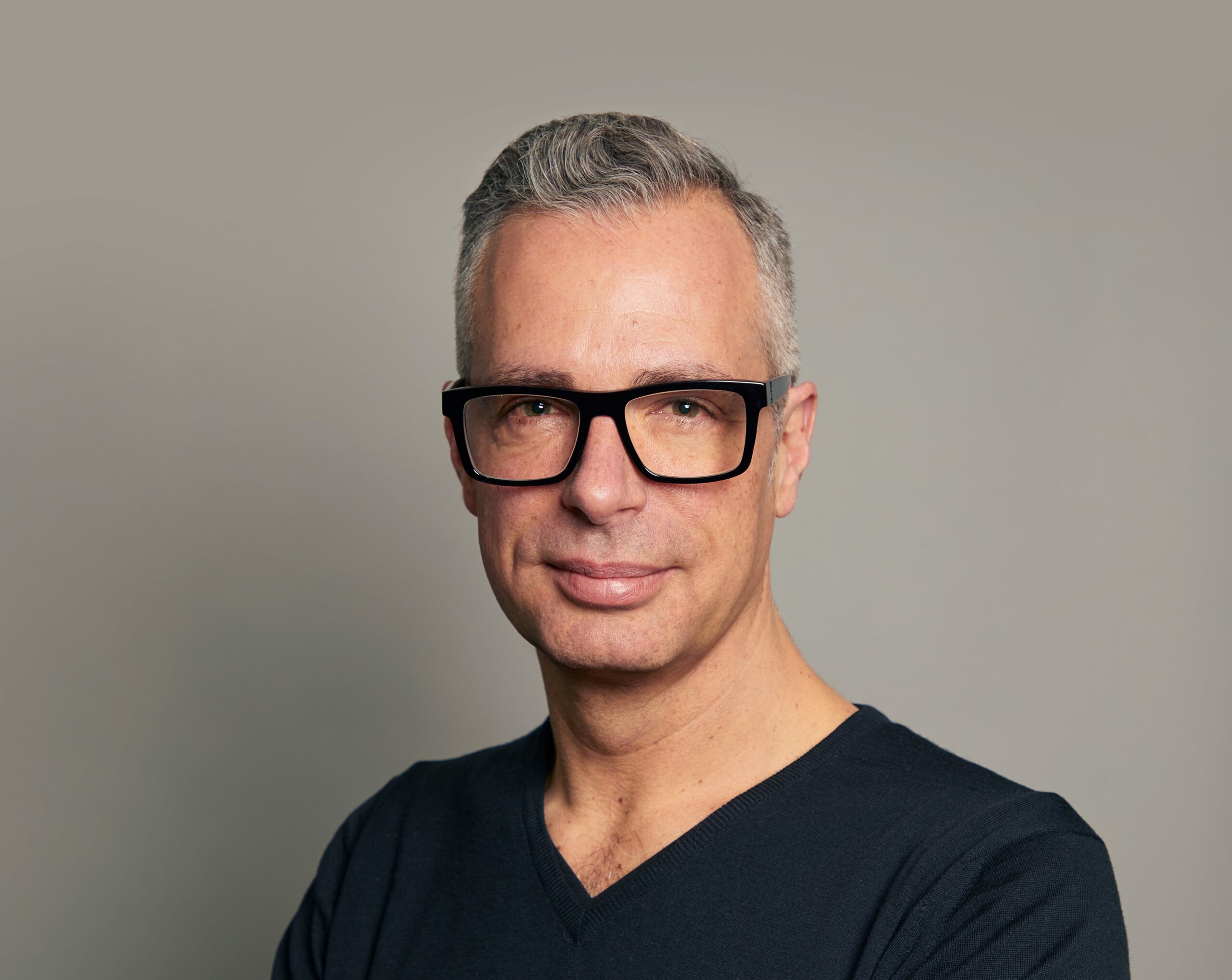
If you had to imagine what a great beauty brand looks like 2023, what would it be?
What are the big cost elements of a beauty brand? One is investment in brand building, and the other is formulation and manufacturing. Miraculously, VC brands could basically get rid of both of these costs. You could have third-party formulators and manufacturers. Presto, you supposedly have a formulation that’s all yours. You can have instant brand building with an influencer. Both of those are under threat now.
I already talked about the transitory nature of influencers, but also everybody has the same exact product, the same formulation, the same manufacturing. Breakthrough brands in 2023 have to have genuine claims around proprietary ingredients. They might be using novel AI models for the identification of new molecules or it may be having research labs that come up with genuinely new proprietary formulas. It’s about patient investment in brand rather than the short circuit of social media.
How should brands today think about marketing?
There are two elements. One is, how do you allocate marketing capital between performance and brand marketing, and what are the KPIs you use to track either? The other is the art of marketing. What we always recommend is that the boards and management teams of beauty brands split their marketing spend and reporting into two camps.
One of them is performance marketing measures, LTV to CAC ratios and those sorts of things. As long as your LTV to CAC ratio is more than 2.5 to 1, you have a business. You then have a separate bucket, which is brand spend. They are totally different things. It’s about consideration, awareness, trial and net promoter score. You need to look at it through regular surveying.
You don’t take brand spend and throw it in with LTV and CAC. At scale, you should be spending 60% to 70% on brand and the rest on performance. As an [early-stage] brand, you have 90% performance and 10% brand.
No brand campaign is going to succeed unless it has the right creative and emotional connection with the audience. The biggest mistake is brand marketing with performance marketing metrics, thinking you are going to run a TV campaign based on click-throughs. The art of marketing has been dealt with wrong on the metric side. You need real talent in brand marketing, and it comes down to creative execution.
What do you make of accelerators and aggregators?
I personally have never been a fan of accelerators. The first ones were dot-com accelerators. I may very well be wrong, and there may be accelerators that work well, but my generic view is that I think they’re a challenged by definition because only founders who don’t really know what they are doing need them. To get a venture off the ground, it’s about derring-do and storytelling to rally backers and the troops. If you haven’t got that as a founder and you need an accelerator, maybe you’re not right for being a founder.
The Amazon aggregators didn’t work at all. They were all based on the idea of arbitrage, buying these Amazon brands at 2X EBITDA, and then if you put them into your holding company, they are worth 5X revenue. That is absolute nonsense. If anyone is willing to sell a brand for next to nothing, they know what it’s worth more than the buyer.
What about the venture capital arms of large CPG players?
By in large, corporate venture arms are death knells for growth-stage brands. I think Unilever Ventures is different because it is its own thing. It’s managed as an investment fund separate from Unilever. All the other corporate venture arms really don’t work very well because they always promise synergies that they never deliver, and the signaling value to potential acquirers acts as a poison bill.
If X company is already on the cap table, they are going to preempt a purchase or, if they are not buying the brand, they know why they’re not buying it. Synergies will never appear, no matter what they promise, and as a path to exit, a strategic having a minority stake makes it harder to exit, not easier.
When it comes to acquisitions, a lot of corporations panicked for a while in 2018, 2019, 2020. They didn’t have DTC capabilities, and they wanted to buy brands to get those capabilities. They bought brands that were too early stage. Those days are over now. It’s about quality manifested in gross margins and brand health rather than conventional LTV to CAC measures.

What’s rising in beauty that interests you?
There are two models that intrigue me. One is more novel than the other. I’m intrigued by beauty brands that work on the basis of new molecules that offer genuine breakthroughs beyond vitamin C and retinol. We see brands doing clever AI work to find new molecules. That is happening in big pharma, but the same technology can be applied to hair loss, skincare, graying hair. I think we are going to see a whole slew of consumer health and wellness, and beauty products that are derived from AI sifting through molecules.
The other one—and this is not necessarily a new trend—is what I call the disintermediation of beauty, and that’s about breaking down the mystique of the formulations into sets of active ingredients. Of course, the pioneers were Deciem and The Inkey List, but I don’t think we’ve seen the end of that yet. The do-it-yourself skincare that’s a good value for money and allows people to create their own beauty routines is really interesting.
The challenge is that, when you have 50 active ingredients, consumers need help, and that’s where we can use technology to identify skin conditions or outcomes that are desired to identify the five products that are right for them.
Where do you want to shop for products?
I was one of those folks who believed that we had a permanent step change toward e-commerce as a result of the pandemic. Of course, we all know there’s been a big return to retail. The reality is that the pure convenience of e-commerce and Amazon isn’t going to go away. I think it’s only going to grow in importance, that means the majority of our shopping will be on e-commerce.
What I think is going to happen is the big unsubscribe. So many brands are on subscription models, and the truth is subscription is a feature that benefits the economics of brands rather than having utility to consumers. There might be a few brands that you would want to have a subscribe-and-forget model, but you don’t want that for the vast majority.
As a consumer in physical retail, we are used to jumping in and out of product categories and brands. You go to the shop and one day you decide to buy oat milk rather than regular milk. Then, for six months you buy oat milk until you decide to buy regular milk again. Subscription was trying to deal with the downside of having a consumer today but not tomorrow by tying them in.
The downside of subscription is that, where the cost for me of buying oat milk one day and regular milk another is zero at physical retail, the cost to unsubscribing is such that people resubscribe much less frequently than they would reengage with a brand on a physical shelf. A real measure of the health of a brand that has a large subscription element is to ask how many who unsubscribed resubscribed later because anyone who didn’t subscribe again within six months is scorched earth.
The rate at which consumers will unsubscribe from subscription brands in a category and refuse to resubscribe—the scorched earth ratio—is much higher with e-commerce subscription brands than brands in the same category on the retail shelf. The big unsubscribe is hitting, and when consumers unsubscribe, they won’t resubscribe, and that means these brands are going to run out of road.
How do you think consumers view brands with missions now?
When we created The Craftory in 2018, ESG was really a novel concept, and now the ESG agenda, so environment, society and government, has really become mainstream. So many challenger brands have taken such meaningful category share around the world that incumbents have reacted, and there has been greenwashing and rainbow washing with brands trying to wrap themselves in the cloak of acceptability from an ESG standpoint.
That’s having knock-on effects. The differentiation that comes from ESG is blunted. The incumbents that wrap themselves in an ESG cloak get discovered immediately. No one believes you, and the result of that is ESG claims are met with increasing skepticism from consumers. That means wrapping yourself in the cloak of ESG is not sufficient. The ESG cause needs to be at the core of the product itself.
One of the big mobile operators in the U.K. started running a campaign that gender harassment was not OK. What on earth does that have to do with a mobile operator? Who are you to preach about toxic masculinity and gender stereotypes? There was a total backlash against that.
If you are a brand that has at its core the removal of plastic from the supply chain and that’s how you created your brand from day one, that has legitimacy. It comes from the product itself being about the cause. And you have to prove yourself, that’s about external certifications and labels around carbon emissions. You really have to show what you have done is true and real rather than making claims around it.
In beauty, what’s an opportunity when it comes to mission-led brands?
In beauty, there’s a lot of stuff that’s table stakes like vegan, no animal cruelty and plastic-free. Seriously, those aren’t enough to do anything. An underplayed angle has much more to do with self-worth. For example, how do you celebrate age diversity? Some of the most interesting brands have representation of mature beauty that’s fantastic.
There was a big thing about racial diversity, and that’s great. Fenty did pioneering work on that. You then had gender diversity with Jeffree Star and others. You had body diversity, but age diversity is one that still needs to be dealt with properly and consistently.
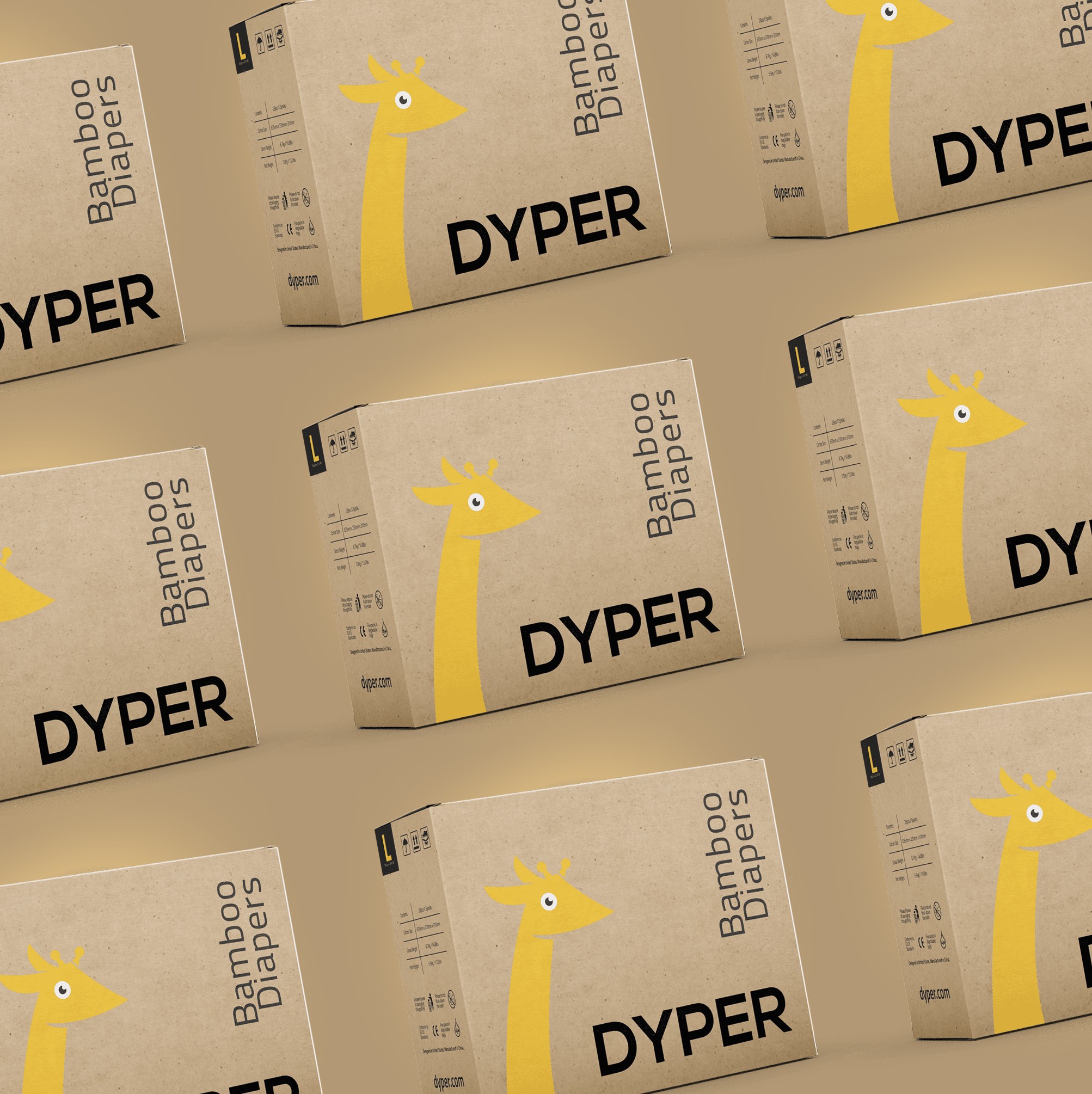
We wonder how much founder stories matter when a consumer is purchasing products at stores. What do you think of the importance of founder stories?
Founder stories were a core element of the last few years, and they work extremely well in DTC, where they have an endless shelf to tell a story. Founder stories are irrelevant on the retail shelf because you don’t have the opportunity to deliver the founder story, but founder stories do deliver authenticity and the challenge that challenger brands have is authenticity.
In beauty, I’m more interested in genuine breakthroughs than I am in the story of how you couldn’t find a product for your psoriasis, and you created it in your kitchen. We have heard that 50 million times.
Are there areas within wellness you are particularly keen on?
I led the investment in Seed and sit on its board. It’s the exact representation of what a next-generation wellness brand should look like. It takes breakthrough science and turns it into impeccably designed, perfectly delivered consumer products. It’s not about chemical health, it’s about health done through new science and a new understanding of how our bodies work in connection with the natural world.
There are still many areas to be explored. There’s the whole nootropics category, the whole mushroom environment to even psychedelics, and there are many natural ingredients and supplements that will succeed with real science behind them rather than the powder peddlers, the people that mix together powders and make bold claims.
How has your consumption changed in recent years?
I’m much more aware of the invasive chemical nature of many of the products we use in the home environment, and I’m conscious about the fact that the rise of allergies is linked to the explosion of chemical compounds that have entered the home environment. I’m really trying to replace conventional products with products that have science behind them and genuine ESG credentials. That makes me feel better as a consumer.

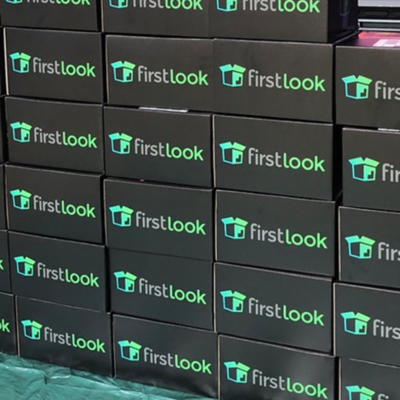


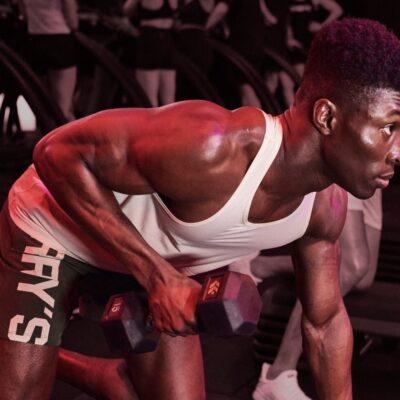
Leave a Reply
You must be logged in to post a comment.